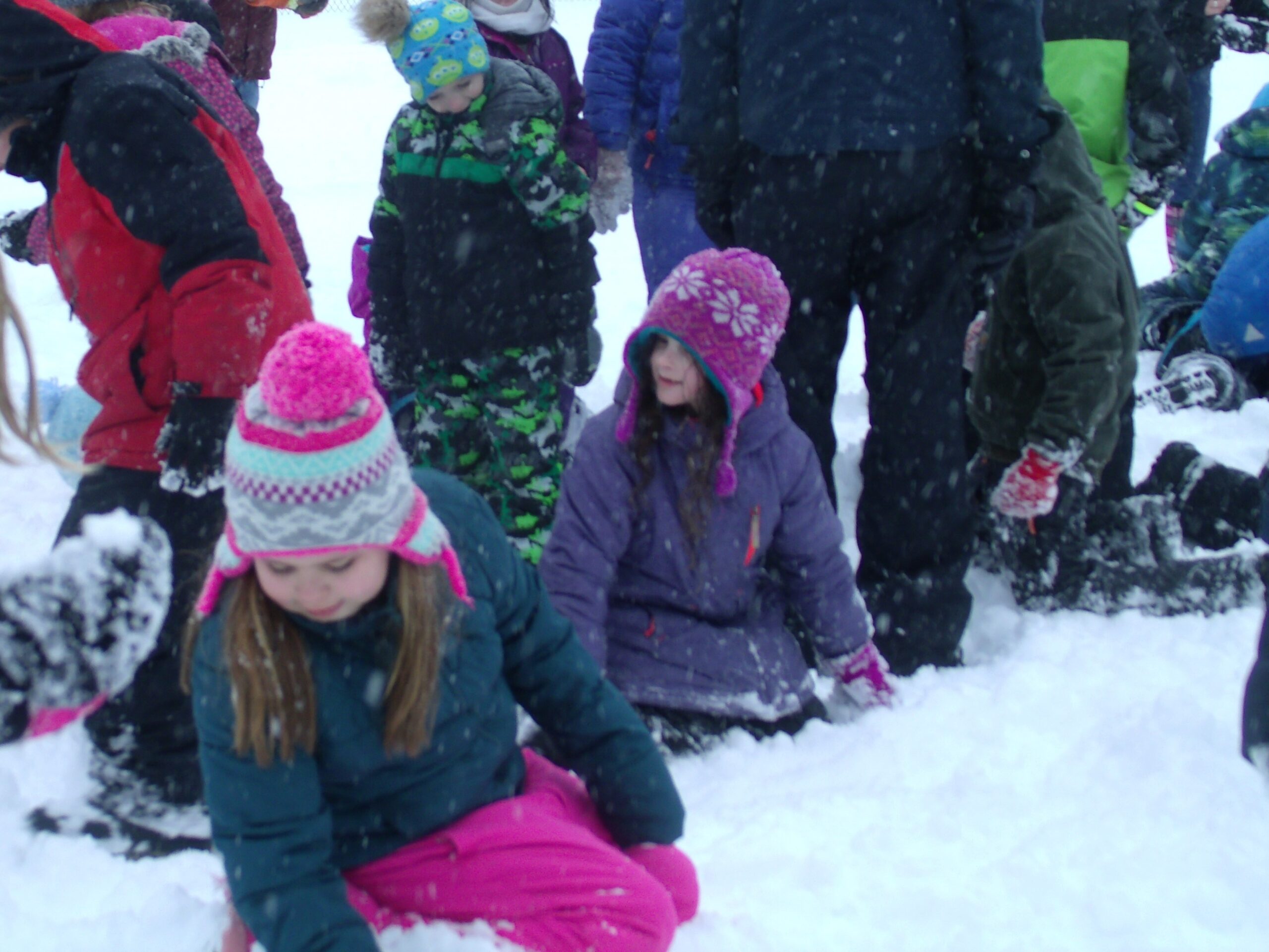
CARIBOU, Maine — Meteorologists with the National Weather Service said Monday that January finished with above average temperatures, precipitation and snowfall.
Temperatures across the region ranged mostly from 1.5 to 2.5 degrees above average, except in the St. John Valley area where the averages were near normal, according to Corey Bogel, meteorologist at the National Weather Service in Caribou.
January opened with a continuation of a cold spell that began in December and featured nearly a month of constantly below freezing temperatures. Jan. 11 and 12 featured a major thaw with temperatures well above freezing. Afterward, temperatures alternated from below to above average through the rest of the month.
The coldest temperatures of the month occurred mostly in the first week, with the coldest northwest valley locations recording minimum temperatures down to lower 30 degrees on a couple of mornings, Bogel said. The warmest high temperatures occurred on Jan. 12 with many eastern locations reaching 50 degrees.
The month also was a very wet one. Meteorologist Priscilla Farrar explained that how “wet” a month is, is determined by melting snow down to a liquid equivalent and then measuring it. At Caribou the 5.3-inch total measured for January made it the second wettest January on record, just behind the 5.6 inches recorded during the same time frame in 1995.
NWS Caribou picked up 38.9 inches of snow in January, which was the sixth snowiest month on record and not far behind the record of 44.5 inches, which occured in 1994.
The snow depth that month also was above average, with the 22.3 inch average at Caribou being the 14th highest, not far behind the January 2017 depth of 24.8 inches. The total, however, was well below the record 36.1-inch average monthly snow depth registered in January 1955.
Bogel said that the snow depth in Caribou is currently at 30 inches, just under double the 17-inch snow depth recorded in December.
The outlook for February, according to the National Weather Service’s Climate Prediction Center calls for an increased likelihood of below average temperatures and an increased likelihood of above average precipitation.
There also should be an increase of just over an hour of daylight during the month.







